 Did you ever stop to ponder the ridiculousness of self-flushing toilets? Conventional toilets use two gallons of water every time they flush—think about how much is wasted when those automated versions malfunction. But you can do your part to conserve water at home by installing low-flush toilets whenever possible. And when you’re faced with an old school option that actually involves a handle or button, remember the hippie mantra popularized 50 years ago: If it’s yellow, it’s mellow; if it’s brown, flush it down.
Did you ever stop to ponder the ridiculousness of self-flushing toilets? Conventional toilets use two gallons of water every time they flush—think about how much is wasted when those automated versions malfunction. But you can do your part to conserve water at home by installing low-flush toilets whenever possible. And when you’re faced with an old school option that actually involves a handle or button, remember the hippie mantra popularized 50 years ago: If it’s yellow, it’s mellow; if it’s brown, flush it down.
Blog
Save Water Where It Matters
Guiones Surf Photo of the Week
On a lumpy, fat, high tide roller with minimal vertical contour, he’s generating his own speed on a wave that has little. By accelerating off the top and projecting into the next section, he can either choose to lay it on rail or, possibly, pull into an inside double-up.
photo provided by Surfing Nosara
The Bastard Cedar
The bastard cedar, scientifically known as Guazuma ulmifolia, is a total sun worshiper. It finds itself happiest providing shade in open pastures and recolonizing disturbed forests where there are fewer tall neighbors to block the rays. This tree, normally growing to a height of 30 meters and proudly wearing oblong, finely saw-toothed leaves, small whitish yellow flowers, and not very appetizing looking yet edible fruit, has an incredible number of uses in its native Central and South America. The easily worked wood is used for light construction and crafts, as well as firewood or charcoal (especially handy if the construction or craft project does not go as planned). Farmers use the leaves and fruit to feed their livestock during the dry season, the bark and stems are used to make rope, and the sap is used to clarify the syrup in the sugar making process. Also used as a traditional treatment for diarrhea, coughs, fevers, high blood pressure, venereal disease, and even baldness, the bastard cedar combats a wide variety of very legitimate ailments.
Exploring Costa Rican Literature
Photo Credit: Abee5 / CC BY 2.0
In addition to travel guides, maps, history lessons, and exploration, you can learn much about a country by diving into its literature. When packing your bags, consider Costa Rica: A Traveler’s Literary Companion, edited by Barbara Ras, to enjoy the colorful and rich stories of Costa Rica’s authors. In the Foreword to the collection, Oscar Arias, former president of Costa Rica and recipient of the Nobel Peace Prize, writes:
It is well known…that our country occupies an isthmus and is in geological terms quite young—a combination which allows for a nearly unparalleled topographic, climatic, and biological diversity that has had important consequences for our people. It is not, therefore, surprising that Costa Rican writers reflect in their works the environmental and cultural differences that contribute to creating Costa Rica’s collective identity.
As Costa Rica is young geologically, so is its literary tradition. The roots of Costa Rican literature, which date back to the end of the nineteenth century, have grown with colonization and European influence. Despite this influence, however, Costa Rican literature is uniquely characterized by the environmental and cultural diversity of a beautiful country.
Costa Rica: A Traveler’s Literary Companion is a collection of twenty-six stories from twenty different Costa Rican authors of the twentieth century. The stories are organized by region, and the stories are set “in the plains of Guanacaste, in the high valleys of the central plateau, and in the flatlands of the north and the Caribbean coast.” The anthology provides the reader with a diverse and authentic sampling of Costa Rica’s writers, environments, and ideas.
To pay homage to Costa Rica’s literary tradition and talented writers, weekly posts will feature the authors and their works anthologized in this collection. Happy reading to fellow travelers!
Source: Ras, Barbara, ed. Costa Rica: A Traveler’s Literary Companion. San Francisco: Whereabouts, 1994.
SURFING IS…WITH CAROLYN DAY
In her mid-twenties, Carolyn Day was pursuing a degree in Clinical Criminology in Montreal, Canada where she co-owned a home brewing store. Then one day, following a major heartbreak, Day – now a stuntwoman based in Los Angeles – woke up and decided to pull the plug on her life as she knew it: she bought a one-way ticket to Costa Rica. “I’d heard friends raving about the beauty of it and the abundance of nature so, needing a big change, I headed there by myself,” says Day.
And that’s where she experienced her first wave – “It was love at first ride. My life was changed forever,” says Day, who ended up staying in Costa Rica for two formative years. “No longer was I satisfied following the ‘normal path,’” she says, and left Central America to follow her dreams of becoming a circus acrobat. Day, a former gymnast, was training in Montreal one day when she was spotted by Cirque du Soleil’s Director of Creation. She explains, “He saw my acrobatic skills, heard that I surfed and decided that I would be a perfect candidate to ride horses standing up!” She left Canada and began touring the United States as a media spokesperson and acrobatic horse vaulter for the Cheval Theatre – “I became the only woman in the world to perform a back handspring on a galloping horse and land back on it.”
During a tour break, Day met a fellow surfer – an NSSA- National College Champ, in fact – who, like her, “dreamed about creating a life built around surfing and the pursuit of great waves.” It wasn’t long before they were in love, married and living in Hawaii – along with her circus horse. As she describes, they lived an idyllic life on the North Shore of Oahu, where she then began a career as a stuntwoman.
While she may seem fearless, Day – who has competed in surfing competitions such as the first-ever Women’s Pipeline Surfing Championship and the NSSA Nationals – has had her share of scary moments in the ocean, such as when she was surfing sunset in Oahu when an unexpected set of 18-footers rolled in. “It took me by surprise,” she says.
The surfing duo eventually relocated to Los Angeles. And, while on a one-month summer vacation in Mal Pais on the Nicoya Peninsula of Costa Rica, they came back pregnant with their first child. “We now have two kids and an RV we call the “StokeMobile” and spend every day chasing waves. Just yesterday we were out surfing in the ocean as a family, with a child on each of our boards, riding in tandem.”
Does it get any dreamier than that?
Name: Carolyn Day
Age: Ageless
Where do you live: Los Angeles.
Years surfing: 15 years.
Surfing is: “It used to just mean catching waves, now it’s about expressing creative movements while riding and sharing the stoke. It’s a feeling of freedom and timelessness.”
Just Say No to HFCS
 Nutritionists contend that consuming high-fructose corn syrup causes weight gain by interfering with the body’s natural ability to suppress feelings of hunger. Of course, the high fructose corn syrup lobby contends that the substance is completely safe, but you can’t argue the evidence:
Nutritionists contend that consuming high-fructose corn syrup causes weight gain by interfering with the body’s natural ability to suppress feelings of hunger. Of course, the high fructose corn syrup lobby contends that the substance is completely safe, but you can’t argue the evidence:
- Most Americans drink between one and six HFCS-filled sodas each week.
- HFCS is linked to an increased risk of obesity.
- Currently, about a third of the U.S. population is obese.
But it’s not just in soda: In 2009, the average American consumed nearly 36 pounds of high fructose corn syrup in just one year. Read labels for baked items, condiments, salad dressing, crackers, bars, cereal and sauces—if they contain HFCS, put them back on the supermarket shelf. And pass the water, please!

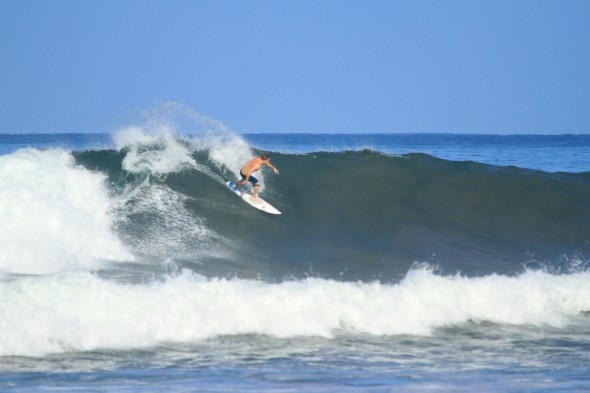
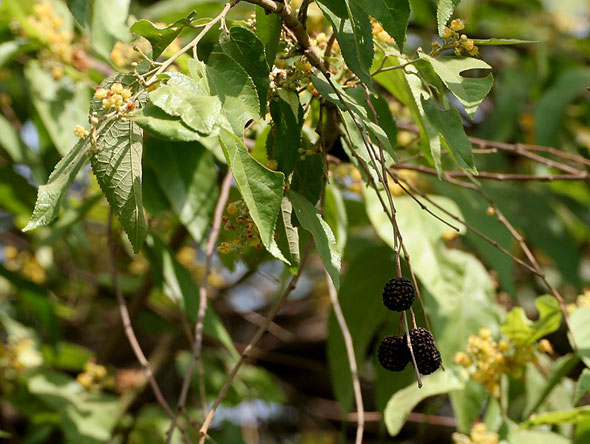

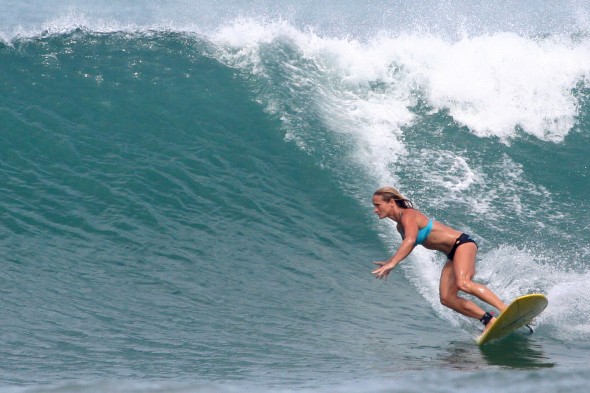
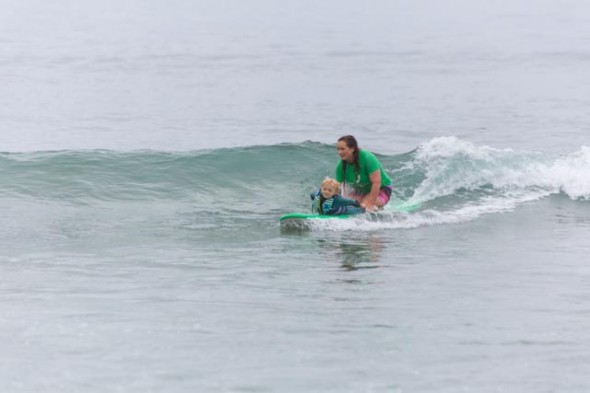
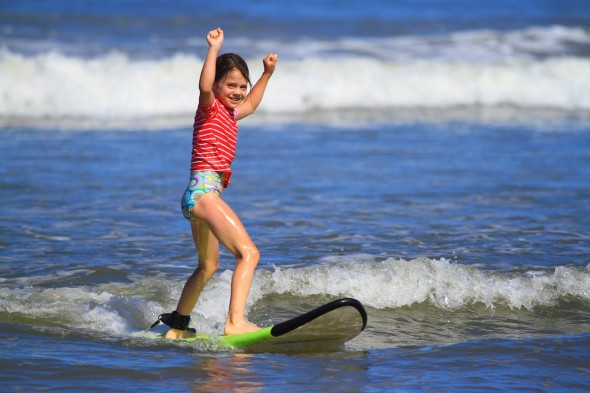
 Serena Mitnik-Miller has new work that’s showing in San Francisco this month. More about the shows after the jump. If you can’t make it to the shows, see more
Serena Mitnik-Miller has new work that’s showing in San Francisco this month. More about the shows after the jump. If you can’t make it to the shows, see more 


